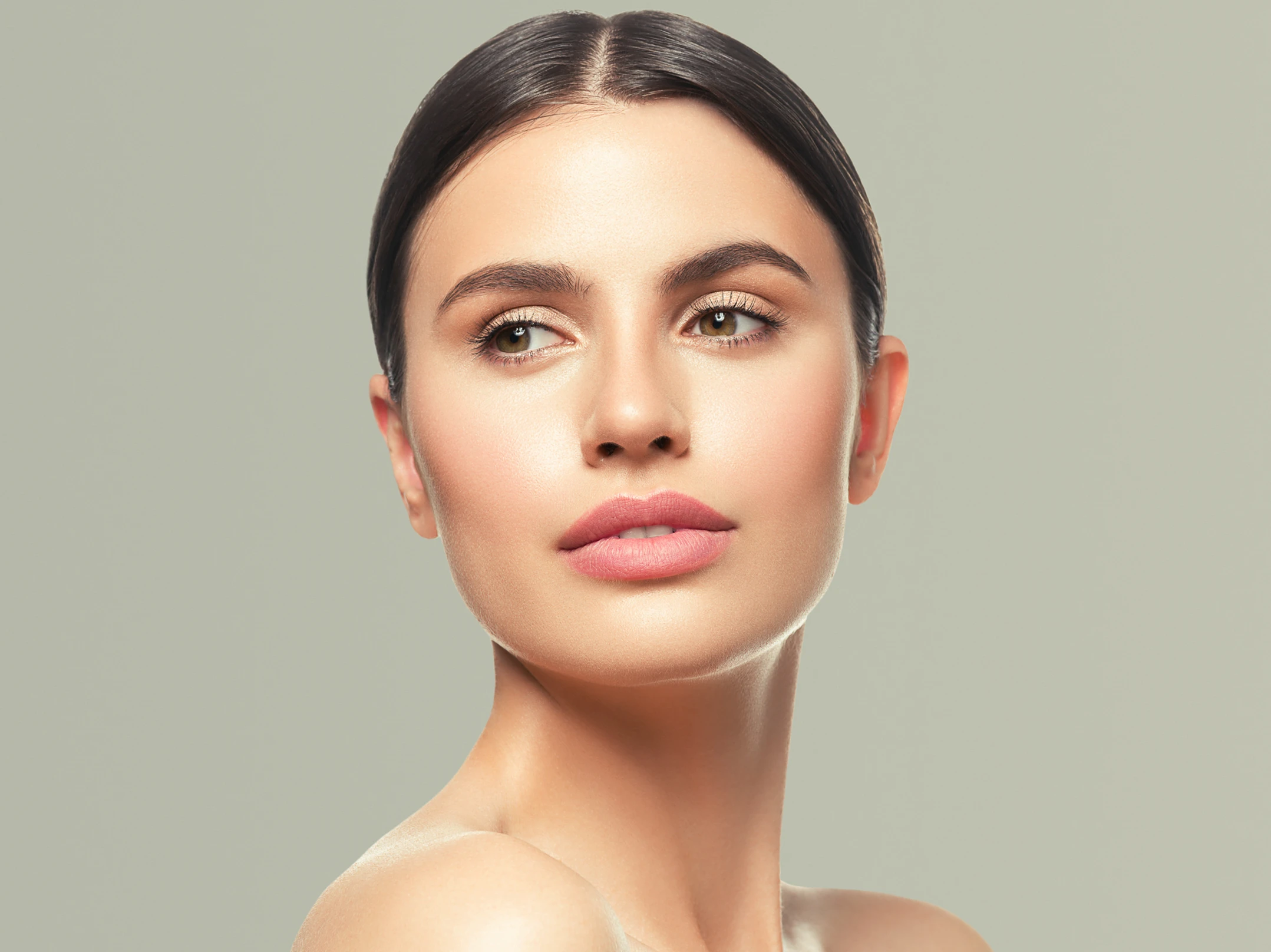What’s the difference between retinoids, retinol, and Retin-A?
Retinoids are vitamin A and the chemically related compounds. They are used as anti-aging ingredients and anti-acne ingredients. Retinoids include Retinol, retinyl palmitate, retinaldehyde, adapalene and Retin-A. Retinol falls under the umbrella term of a “retinoid” and is found in numerous over the counter skincare products such as the Sonyer Crème de Rétinol Naturel: 1% Natural Retinol Crème. It is a great product to start with, as it is less irritating than the prescription strength product. Retin-A/tretinoin is the brand name for a prescription retinoid. Others include tazarotene and adapalene a prescription medication that is FDA-approved to treat acne. Retin-A is more tightly regulated than OTC retinol.
What age should you start using retinol and why?
It is truly never too early to begin using a retinol product (keeping common sense in mind!). Those seeking preventative care in their teens or 20s may do best with an over the counter retinol such as the Crème de Rétinol Naturel: 1% Natural Retinol Crème. Those with more mature skin and possible sun damage and pigmentation irregularities may benefit from using a prescription strength Retinol .5%/1% to start.
Tell us about the benefits of retinol for aging skin.
• Treats acne
• Clears & purges the pores
• Promotes cell turnover
• Increases collagen and elastin production
• Brightens the skin
• Diminishes and prevents fine lines and wrinkles
• Minimizes hyperpigmentation
• Evens and refines skin texture and tone
Is retinol the best skin care ingredient for aging skin? Why or why not?
Yes, it is one of the best! It doesn’t just help with smoothing and preventing fine lines and wrinkles. Retinol also stimulates collagen and elastin production, which we lose with age. Your overall skin tone will appear brighter and smoother. You will notice your pores are smaller and your skin is more plump.
Can retinol make you look older or make wrinkles worse?
No. The way a retinol works is to accelerate skin cell/keratinocyte turnover. Retinol works at the cellular level to truly “re-surface” your skin. In doing so, your skin is more brilliant, youthful, smooth, clear, and softens fine lines and wrinkles.
What’s better retinol or hyaluronic acid?
These ingredients are completely different. Hyaluronic Acid is a hydrator and best absorbed when applied to damp skin. Our natural hyaluronic acid is gradually degraded with time, from UV radiation and other external sources. Hyaluronic acid in skincare serves as a humectant to bind to water and increase the moisture content in the skin. Contrarily, Retinol is a vitamin A derivative that accelerates skin cell turnover. (See details above)
What order should I apply retinol?
Retinol should be applied at night, on dry skin, after cleansing. Use a small amount and spread it over the entire face, avoiding the eye area. Avoid using it in combination with products containing benzoyl peroxide, as this ingredient may counter the effect of the retinol/retin-A.
Favorite retinol products and why?
Sonyer Crème de Rétinol Naturel: 1% Natural Retinol Crèm is a great product to start with, as it is less irritating than the prescription strength product. It is a sage-infused, organic blend of free-radical-fighting and resurfacing ingredients plus Retinol. It minimizes signs of aging, shrinks pore size, and lightens the overall complexion, while also calming irritated and eczema-prone skin. Our Crème De Retinol: Radiance Retinol Cream in 0.5% or 1%is a medical grade product that contains Retinol 0.50%/1%, Ascorbic Acid (Vitamin C ), and Tocopherol (Vitamin E). Being that these ingredients contain a higher strength FDA-regulated Retinol, it is best to allow your skin to build up a tolerance starting with one application a week. It is suggested that you mix the retinol with the Huile de Miel : Advanced Renewal Facial Oil for ease in application. You will slowly increase applications each week as your skin allows. Either or, all products offer both hydration and intensive repair and anti-aging benefits.






